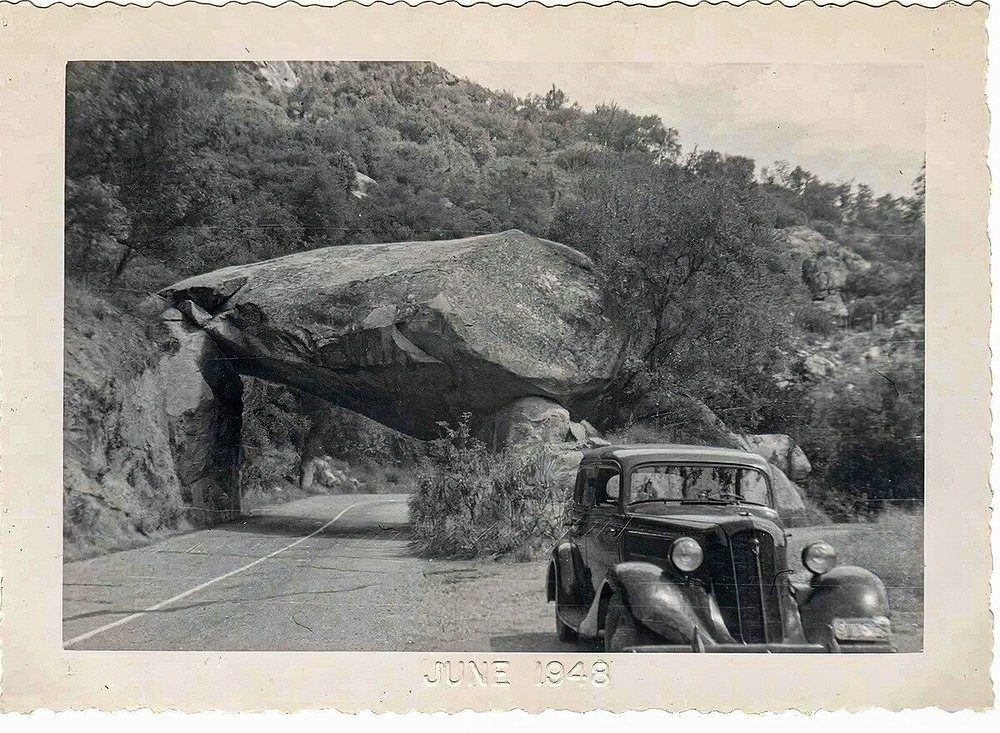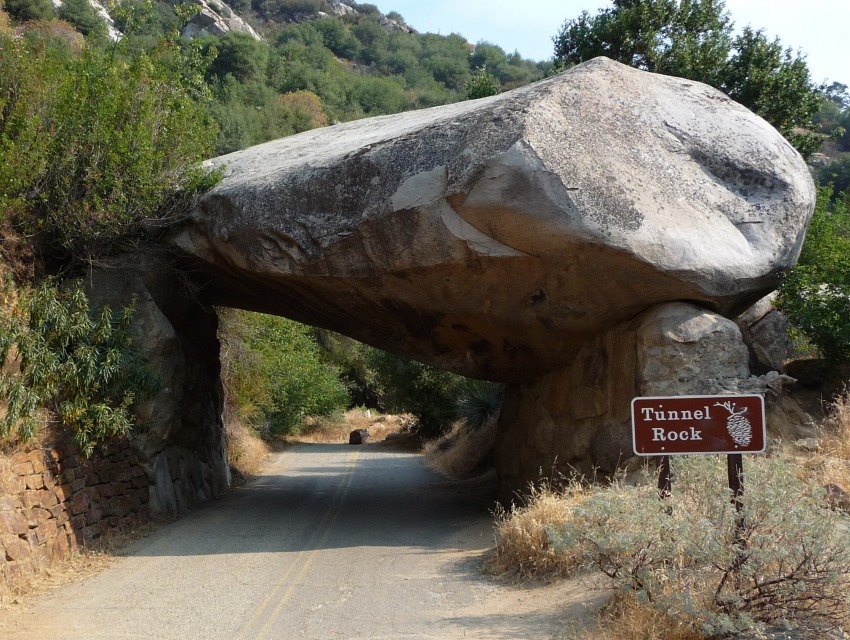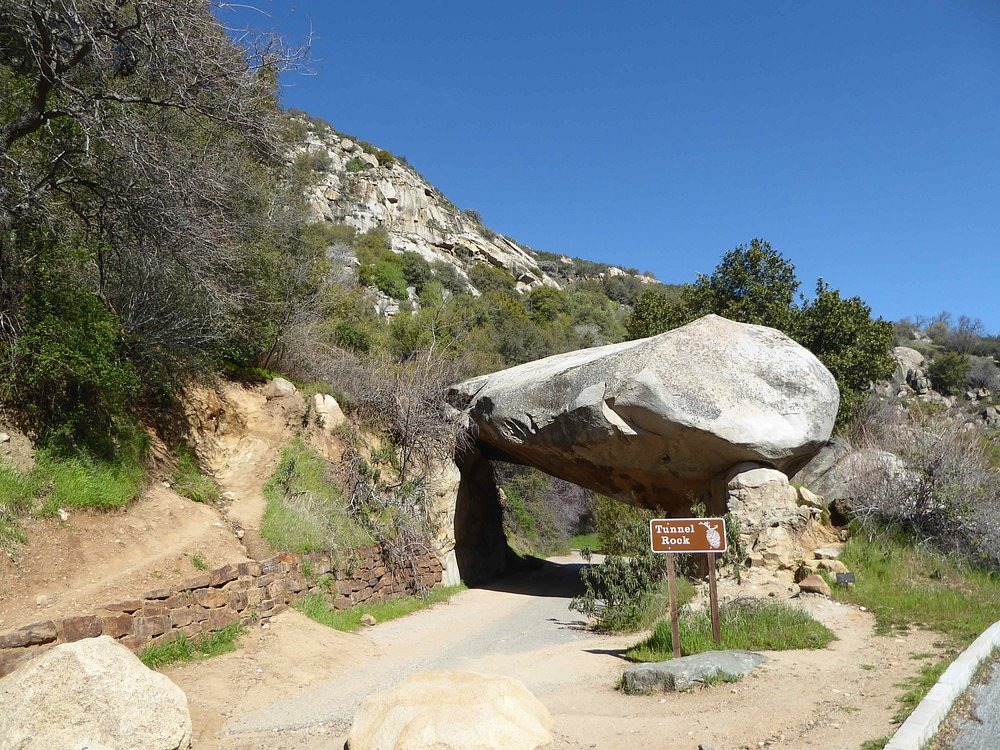Tunnel Rock: A Must-See Attraction At Sequoia National Park
Sequoia National Park is renowned for its towering trees, but this week we turn our attention to a unique geological feature that captivates many visitors—Tunnel Rock.
This giant rock is not just a fascinating natural formation but also a significant historical landmark.
Let’s take a closer look at what makes Tunnel Rock a must-see attraction in the park.

Location
Tunnel Rock is situated at the southern edge of Sequoia National Park, just past the Foothills Visitor Center.
As you drive north along Generals Highway, you will see the main parking area near the rock.
For those heading south, there is a smaller parking pullout on the backside of Tunnel Rock.
Its easy-to-reach location makes it a popular stop for visitors.

History
Tunnel Rock has a rich history that dates back to the 1930s.
During the Great Depression, President Franklin D. Roosevelt introduced the New Deal to provide jobs and stimulate the economy.
As part of this initiative, the Civilian Conservation Corps (CCC) was created to undertake various public works projects, including the creation of Tunnel Rock.

The CCC workers carved a tunnel under this enormous granite boulder to form the original road through the park.
This tunnel served travelers until the 1990s when the road was rerouted to accommodate larger vehicles.
If you walk under the rock, you can still see the marks left by vehicles that scraped the underside.

The KNP Complex Fire
One notable event that affected Tunnel Rock was the KNP Complex Fire in 2021.
This wildfire burned through the area, leaving a mix of live trees, charred vegetation, and bare ground.
Visitors can observe the varying impacts of the fire on the landscape around Tunnel Rock, making it a place of both historical and ecological interest.
Poison Oak
Another aspect to be aware of is the presence of poison oak around Tunnel Rock.
This plant, recognizable by its three leaves, can cause a severe rash if touched.
Even in winter, its oils can transfer to your skin or clothing, so be careful when exploring the area.

